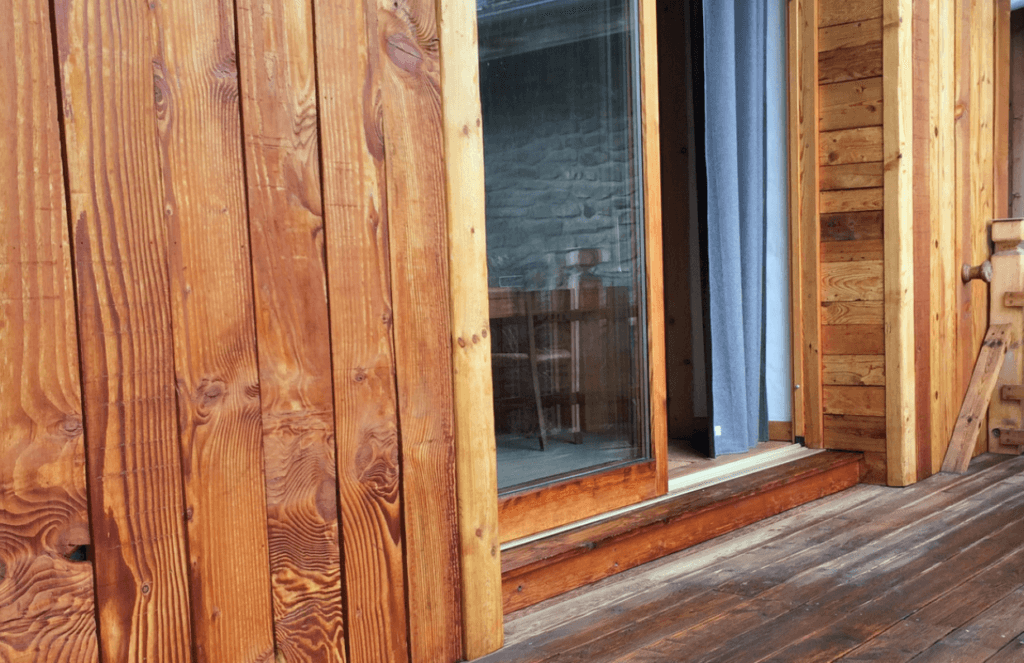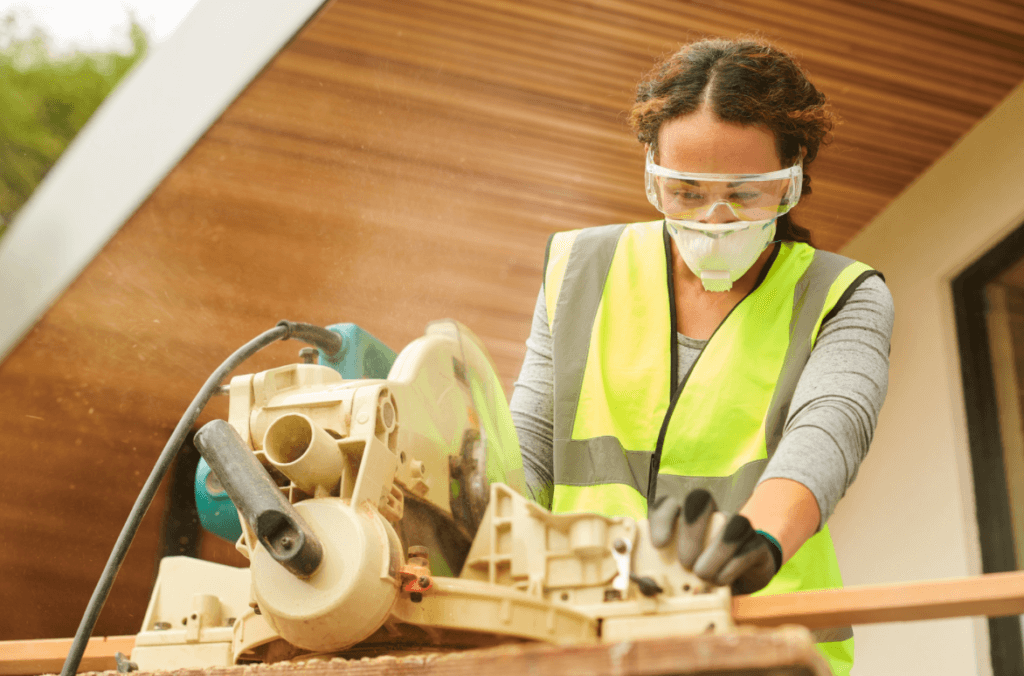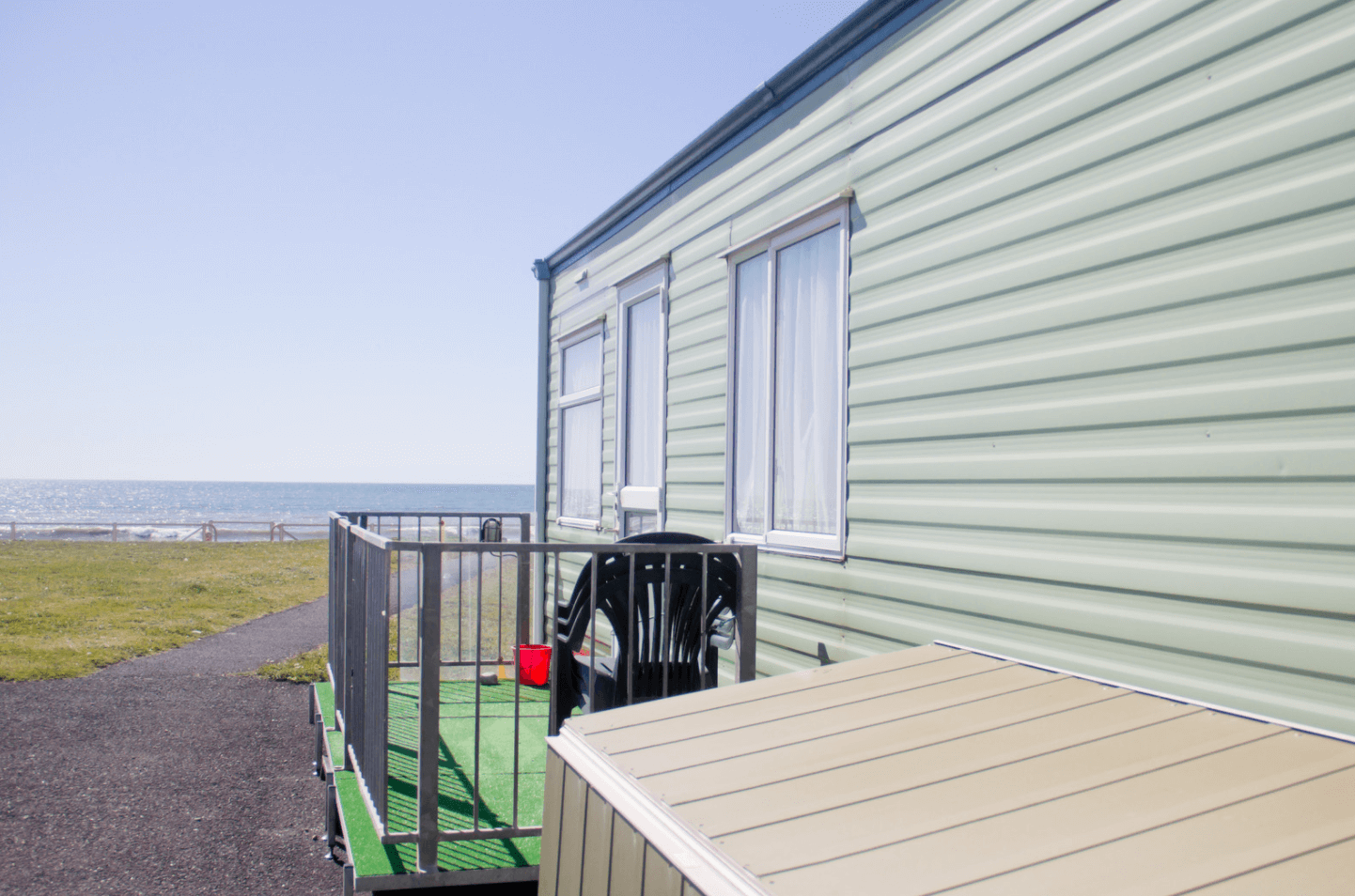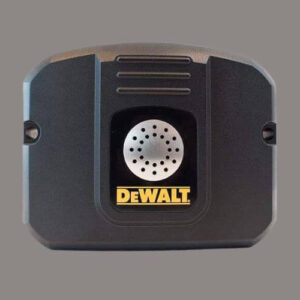How To Clad A Static Caravan: Cladding a caravan is not an easy job, and this isn’t for everyone. But, If you’ve got the right equipment, skills, and confidence, then go for it!
Otherwise, get someone else to do it or maybe leave it as is. First things first: you need to decide what cladding you want to use. There are a few different options:
– Timber cladding
– Metal cladding
– PVC cladding
– Vinyl Cladding
Timber cladding is the most popular type, and it comes in a range of finishes, from natural wood to painted or stained. It’s also quite affordable.
Metal cladding is just like it sounds, metal sheets with different profiles that are nailed to the caravan. It’s more expensive than timber but offers a more modern look and can also protect your van from damage if there’s hail or other bad weather conditions.
PVC cladding has become very popular in recent years because of its affordability and the fact that it doesn’t warp or rot. It’s also easy to fix, not too heavy and is durable.
Vinyl cladding is like PVC cladding, except it doesn’t come with prefixed boards to attach to your van. Vinyl sheets are glued directly onto the caravan every few inches using special adhesive tape; this makes for a weather-tight seal.
Once you’ve decided on the type of cladding, you need to think about the style. You might want to go for a traditional look or something more modern. There are loads of different styles to choose from, and it’s worth taking your time to find something that suits you and your caravan.

How To Install Caravan Cladding
Once you’ve chosen the cladding and style you like, it’s time to think about how to install it.
Wooden Caravan Cladding
When choosing your wood, make sure it’s treated so you can keep it outside all year round. This is especially important if you live somewhere with freezing weather in wintertime.
The easiest way to install wooden cladding is to use battens. These are thin, vertical pieces of wood that you fix to the caravan at regular intervals. You then attach the cladding boards to the battens using nails or screws.
Metal Caravan Cladding
Metal cladding is a bit more difficult to install than timber cladding. It’s important to get the measurements right so there are no gaps between the panels. You’ll also need to drill holes in the caravan for the screws and ensure they’re all at the same height.
PVC Caravan Cladding
PVC cladding is very easy to install and doesn’t require specialist tools or skills. The panels clip onto the caravan using special clips that come with the cladding.
Vinyl Caravan Cladding
As mentioned before, vinyl cladding is glued to the caravan using adhesive tape. It would be best to make sure the surface is clean and dry before you start gluing.
It’s a good idea to use a spirit level to make sure the cladding is straight. It would be best if you also used a waterproof sealant around the cladding edges to keep the water out.
Once you’ve installed your cladding, it’s important to take care of it, so it lasts for as long as possible. Make sure you clean it regularly and reseal it every 2 years. It’s also a good idea to make sure you store your caravan somewhere with plenty of natural light – this will ensure the wood doesn’t warp or rot.
How To Clad A Static Caravan and How To Make Your Cladding Installation Process Successful
By providing air space behind the slats, you can ensure no humidity. The latter must have a minimum thickness of 20 mm: the thickness of the cleats (22 x 40 mm in section, the center distance of 40 cm) permits this air space to be spared after installing the main screen, without forgetting a ventilation entrance and outlet.
The framework’s cleats must be treated in class 2. Use class 3 for horizontal cleats and perforated boards. They are secured using dowels and screws appropriate for the support and penetrate at least 30 mm into the wall.
Aluminum alloy or stainless steel tips are used to secure the blades. Installing a rain screen secured with spikes is essential for waterproofing. The openwork (or openwork) installation must be UV, frost, and wind-resistant, so the strips must be fastened together to prevent breaking.
Remember to install anti-rodent grids in both the upper and lower sections to eliminate any air gap obstruction.

How Do You Install External Cladding?
You’ll need to measure the length and width of your exterior before installing any cladding. Extra measurements of the space surrounding the windows and doors and any trims and corner pieces will be required.
Before putting any cladding on the outside of your house, make sure all of the plywood sheathing is in place.
Wrap your house in your preferred house wrap and staple it in place. After that, secure the foam insulation panels with nails.
Start putting the first row of cladding together. Starting at the bottom of the wall, it’s critical to take your time because this is the foundation for the remainder of your cladding. To ensure that the subsequent rows of cladding are straight, make sure the initial row is level.
Install the following rows. Remember that each row must overlap the top of the bottom board, whether you’re using cement boards, wood siding, vinyl siding, or metal siding. This is to keep water from running down the cladding’s backside.
You can now add the trims, corner pieces, and finishing touches after you’ve finished a wall.
Rep the process until all of the outside cladding has been installed on the building’s façade.
Summary
Remember, cladding isn’t cheap, but it’s worth getting a good job done. If you’re going to spend a lot of money on cladding, then do some research first and look at the different options- the style you choose depends on your budget.
Once you’ve decided because your DIY expert, talk about possible costs with a professional if you’re going to do the job yourself, if you want a professional to do it, ask them for a quote and check if they have any special offers or discounts.
Some companies offer cladding packages when you buy your caravan from them, so it might be worth checking if this is an option for you.
In any case, remember that you do get what you pay for.
If it’s a cheap job, then there might be compromises, but if it’s a more expensive option, then you’re going to appreciate the results much more.



